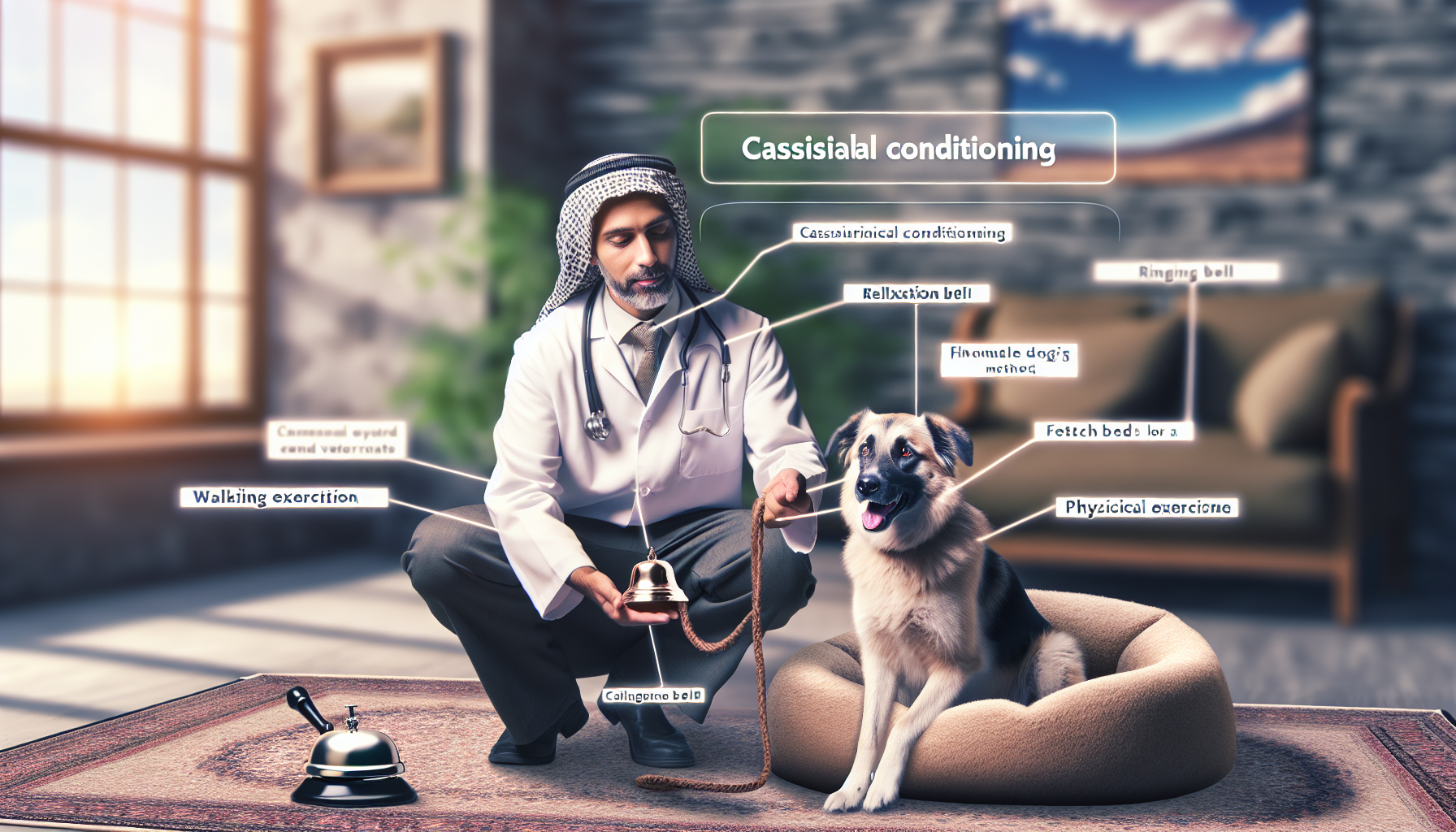How to Deal with Anxious Dogs: Tips and Techniques
Every dog owner knows that their furry friends have unique personalities. Some dogs are naturally more relaxed and easygoing, while others exhibit signs of anxiety. If you find yourself with an anxious dog, it can be challenging to determine the best course of action. In this blog post, we’ll explore effective methods to help your anxious pup feel more secure and comfortable in their environment.
Understanding Dog Anxiety
Before diving into solutions, it’s essential to understand what anxiety in dogs looks like. Symptoms can range from barking, whining, and pacing to more severe reactions such as destructive behavior or aggression. Common triggers include loud noises, separation from owners, changes in routine, or even unfamiliar environments.
Identifying the Triggers
The first step in helping your anxious dog is identifying what causes their anxiety. Keep a journal to track when anxiety episodes occur. Note the time, place, and any external factors like weather, visitors, or changes in your household. Understanding the root causes can significantly help you formulate a plan.
Creating a Safe Space
Every dog needs a sanctuary where they feel secure. Create a cozy space for your dog with their bed, blankets, and favorite toys. This area should be away from noise and foot traffic, allowing your dog to retreat when they feel anxious.

Establishing a Routine
Dogs thrive on routine. Establishing a consistent daily schedule for feeding, walks, and playtime can help reduce anxiety. Predictability in their day-to-day life can provide a sense of security for anxious dogs.
Positive Reinforcement Training
Training your dog using positive reinforcement techniques can help build their confidence and reduce anxiety. Reward your dog with treats and praise when they remain calm in situations that typically trigger their anxiety. Over time, this can help them associate positive experiences with their fears.
Desensitization Techniques
Gradually exposing your dog to the source of their anxiety can help desensitize them. Start with lower levels of the trigger in a controlled environment and slowly increase exposure as your dog becomes more comfortable. Always pair this with positive reinforcement.
Calming Aids
Various calming aids are available to help anxious dogs. Products like anxiety wraps, calming pheromone diffusers, and relaxing music can create a soothing environment. Always consult with a professional before trying new products.
Professional Help
If your dog’s anxiety is severe and unmanageable, seeking help from a professional dog trainer or a certified animal behaviorist can be beneficial. They can provide tailored strategies and support to help you and your dog navigate anxiety effectively.
Conclusion
Dealing with an anxious dog can feel overwhelming, but with patience, understanding, and the right techniques, you can help your furry friend lead a calmer life. Remember that every dog is unique, and it may take time to find the right combination of strategies that work for you and your pup.